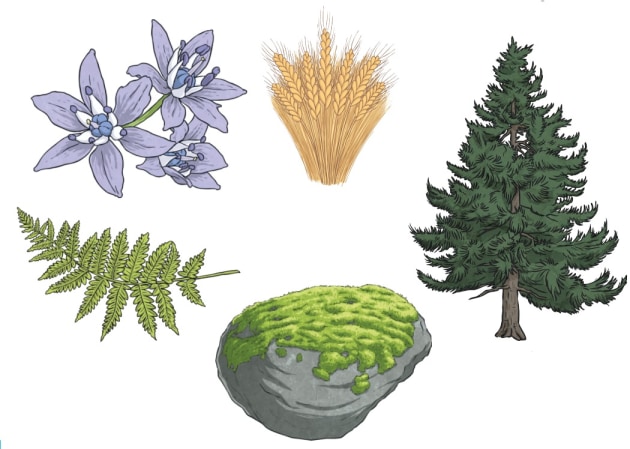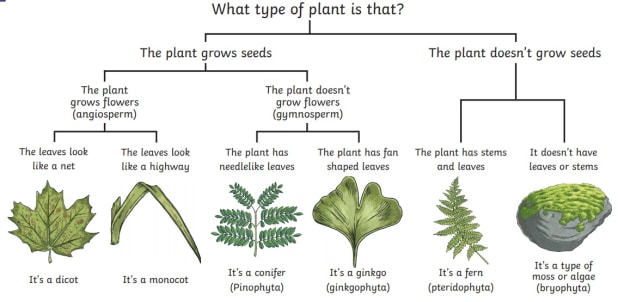

There are thousands of different plants on earth that help our planet to flourish. Learn about how we classify plants and plant diversity. Information and resources for teachers and home educators that's suitable to read with children.
Living things can be grouped according to their different characteristics. This makes understanding them much easier. We call the method of grouping classification. Each group is called a class.
Classifying living things is called taxonomy and people who carry out classification are called taxonomists.
Plants are complex living things, vital to life on Earth.
We are learning more about plants, how they have evolved, and how they relate to one another every day. While taxonomists used to rely on physical characteristics to classify plants into different groups, scientists today can use other methods to understand how related different plants are to one another.
There are over 320,000 kinds of plants - so that’s a lot of research!
We can group plants into two major groups: those that produce seeds and those that don’t. Most plants on our planet do produce seeds, which has helped them to thrive.

There's a wide diversity of plants on Earth that live in different habitats.
Carl Linnaeus
In 1735, a scientist called Carl Linnaeus published a book in which he suggested a process to classify living things. We still use this system today - it’s called the Linnaean system of classification. You can find out more about Linnaeus in this Fifth-Grade Carl Linnaeus Fact File.
The hierarchy of life is organized like a tree. The trunk is the biggest grouping - domain - and you follow the branches all the way to the end of a tiny branch: that’s a species.

Here’s an example of the levels of classification for a prickly wild rose.
Domain - Eukaryote
Kingdom - Plantae
Phylum - Angiosperms
Class - Rosids
Order - Rosales
Family - Rosaceae
Genus - Rosa
Species - Rosa acicularis (prickly wild rose)
What’s in a name?
Linnaeus chose to use Latin for naming living things because by 1735, no-one really spoke Latin. This meant that there was no preferential treatment of any language, and scientists from all over the world can understand each other more easily when referring to the same organism.
In Latin, the different plant groups are:
Non-seed bearing plants
Spermatophytes - seed-bearing plants

Plants support life. They keep soil healthy and the ground strong. They provide food, clean air, shelter, and even water.
Plants - as well as other kingdoms of life - can be classified using a dichotomous key. Take a look at this example.

If you’re looking at a plant, you can observe its characteristics and answer questions in order to find out which species it is. Try out this outdoor classification activity with children to practice this key scientific skill.
 Home
Home  Membership
Membership  Customer Support
Customer Support  Create
Create  Blog
Blog 




















